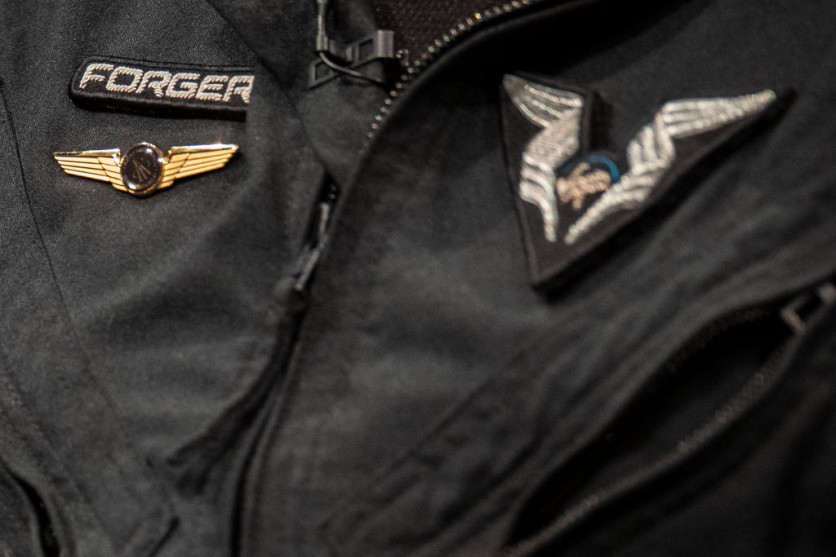
The FFA has announced that it made significant changes to its criteria for astronauts who will fly on commercial spacecraft. This decision came after it was discovered that the previous order had loopholes.
FAA New Criteria for Astronauts
The order was issued on July 20 by the FAA Office of Commercial Space Transportation. It serves as the first update of the FAA's Commercial Space Astronaut Wings Program since its launch in 2004.
According to the order, the FAA will permit commercial crew members to launch as long as they meet federal regulations for crew qualifications and training.
The astronauts will also have to fly on FAA-licensed spacecraft only, and they are permitted to launch to an altitude of at least 50 miles or 80 kilometers.
The new order also requires the crew members to have demonstrated activities during the flight that were "important to public safety, or contributed to human space flight safety."
According to a statement given by the FAA to SpaceNews, when the FAA Commercial Space Astronaut Wings Program was first created, its focus was to recognize flight crew members who promote the safety of the spacecraft.
Now, they changed the focus to recognizing crew members who promote activities that contribute to human space flight safety.
The agency stated that the change is more aligned with its role to protect public safety during commercial space operations, according to SpaceRef.
FAA's Astronaut Wings
The FAA's astronaut wing is a badge given to non-government astronauts that command, pilot, or serve a privately funded spacecraft.
The first commercial astronauts to receive astronaut wings from the FAA were Mike Melvill and Brian Binnie in 2004. The two piloted three SpaceShipOne flights that flew beyond 100 kilometers.
In 2019, the FAA gave astronaut wings to Virgin Galactic's Mark Stucky and CJ Sturckow for flying SpaceShipTwo.
The spacecraft flew beyond 50 miles. In the same year, David Mackay, Mike Masucci, and Beth Moses also received astronaut wings for flying SpaceShipTwo.
All of the awardees are pilots except for Beth Moses, a crew member of the spacecraft and was included in the mission to evaluate cabin conditions.
The inclusion of Moses raised questions about who is considered eligible for FAA astronaut wings.
According to Virgin Galactic, Moses was present to evaluate cabin hardware and conduct experiments connected to suborbital research, but she had not contributed to human space flight safety.
The old FAA order issued honorary wings to those who would not meet the criteria, which was what Moses received. However, the new order is stricter and does not allow any honorary wings anymore.
The new order is why former Amazon CEO Jeff Bezos, his brother Mark, Oliver Daemen, and Wally Funk did not receive the FAA astronaut wings.
Bezos and his company did not operate the New Shepard spacecraft and had no contribution to public and human safety.
The astronaut wings do not have any legal significance, nor does it hold other privileges. The FAA created them as part of its role to encourage, promote and facilitate commercial space transportation and to oversee its safety.
Related Article: FAA Wants to Track Your Drones, Effective 2023
This article is owned by Tech Times
Written by Sophie Webster




